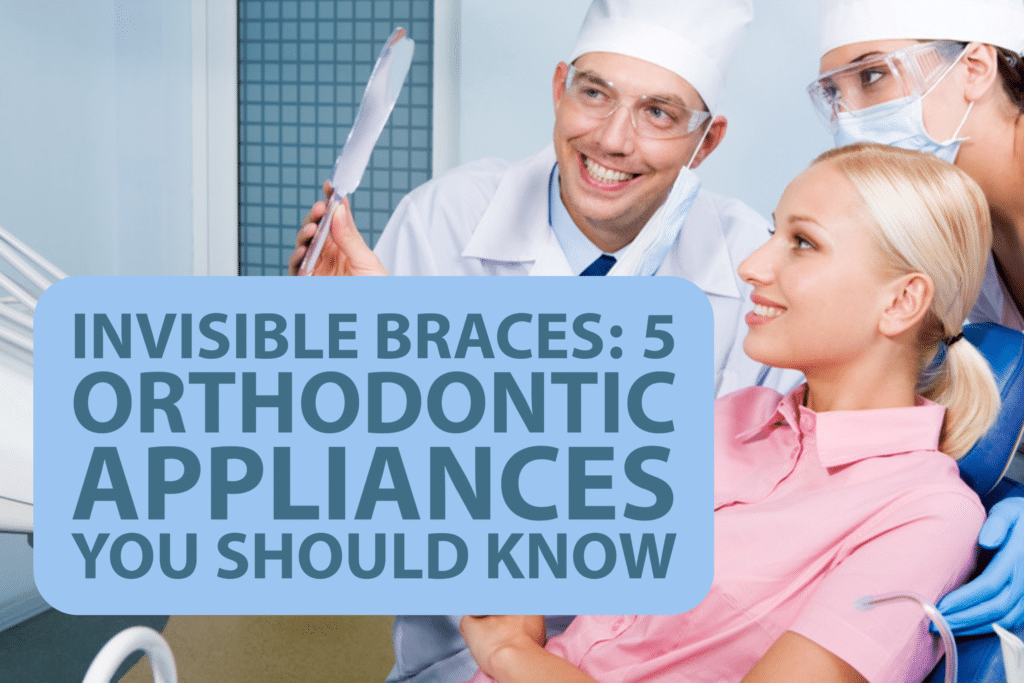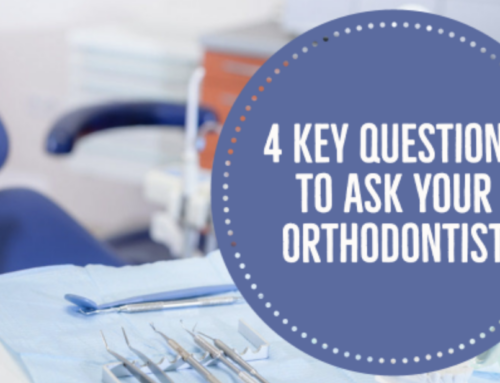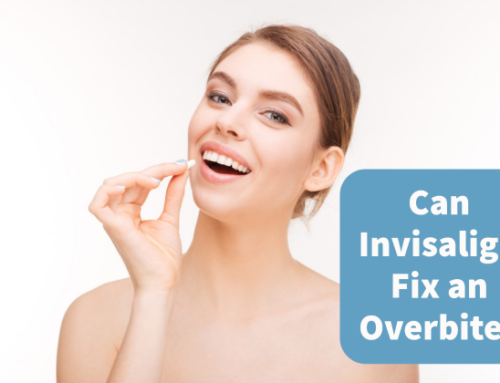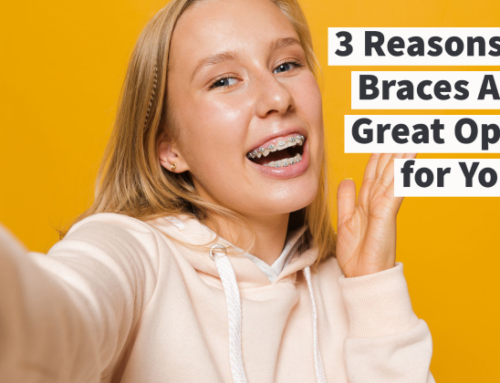
Braces are an orthodontic appliance that is used to align the teeth, correct jaw alignment, and improve facial appearance. A variety of braces exist for different purposes, such as lingual braces, which are worn on the inside of your mouth and hidden by your lips, or clear braces, which can be seen in front of your teeth. Orthodontic appliances help support treatment by creating a more stable environment for the teeth so they can change position faster with less risk of relapse. They also work to reduce pain caused by braces due to their ability to hold pressure off sensitive areas like gums, cheek tissues, and tongue.
Occasionally, an orthodontic professional may recommend additional devices to boost recovery. Here are different types of orthodontic appliances and why you may need them.
Bite Blocks to Stop Teeth Touching
During your braces procedure, your orthodontic specialist may decide to include bite blocks. The device helps to prevent deterioration, depending on how your teeth are touching. The contact between the upper and lower teeth can be detrimental to your recovery. You could also accidentally damage the brackets when you bite. A specialist may recommend bite block for patients with a crossbite, overbite, or underbite. By preventing contact between teeth, you can be sure of a successful restoration.
Spacers for Crowded Teeth
Separators are thin metal, or rubber rings placed between teeth to create space during a braces procedure. Orthodontists’ specialists typically place the device about a week before attaching bands on the molars. During the upcoming visit, your orthodontist care professional will remove the separators before placing the bands. Between the appointments, you may experience discomfort. Some patients report feeling like food stuck between the molars. Nonetheless, your dental specialist may provide pain medication to ease the discomfort. The specialist will also advise you to abstain from sticky and sugary foodstuffs to avoid complications.
Forsus Springs to Enhance the Fit
Orthodontists will recommend Forsus Springs when there is a complication with the fit between the upper and lower teeth. They exert a constant force to ensure the upper teeth shift progressively. They can cause some discomfort and can make oral hygiene challenging. But a Forsus device is the last resort where rubber bands would not be sufficient. Your orthodontist will place them alongside braces to boost the chances of a successful recovery.
Permanent Fixed Retainers
A retainer is a wire the orthodontic specialist will attach to your teeth. It ensures that there will be no movement or shifting during your treatment. You can expect to keep your retainer for at least two years. However, your orthodontist may decide to remove it if it causes gum irritation. You have to observe oral hygiene to prevent any complications during recovery.
Headgears to Promote Healthy Growth
Patients with an overbite or underbite may require orthodontic headgear to limit the growth of the upper or lower jaw. The appliance gently moves the jaw back into position, encouraging healthy development of the teeth. Your orthodontist will anchor the device onto the back of your head. It is also effective in preventing spacing complications after a procedure to extract the upper back teeth. It keeps the teeth in place despite the gaps from the extraction.
If you have teeth and jaw misalignments, you may need invisible braces. However, it’s important to consult an orthodontist before choosing your braces or any additional appliances. Your specialist will analyze the state of your teeth and provide you with the right recommendation based on their findings. You can also seek recommendations from other patients who have undergone a successful treatment using orthodontic appliances. This could help in making an informed decision about which device suits your needs best.



